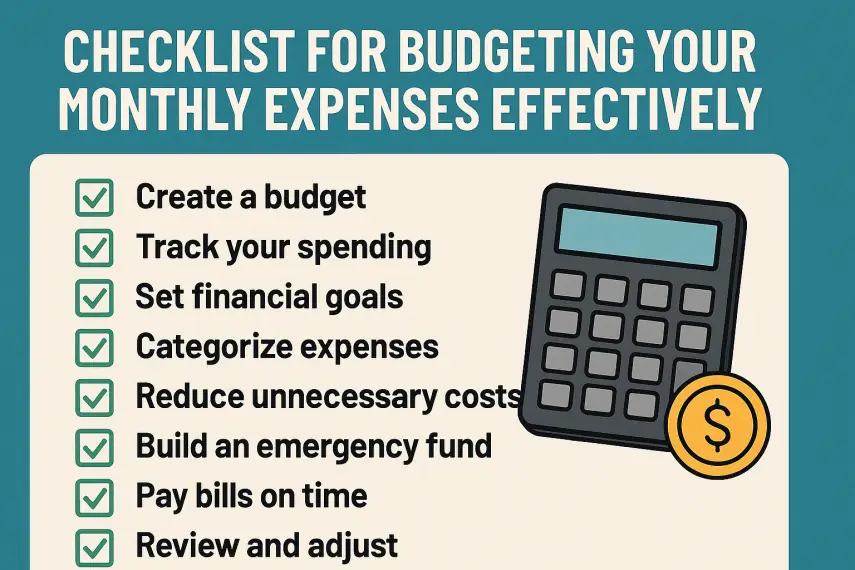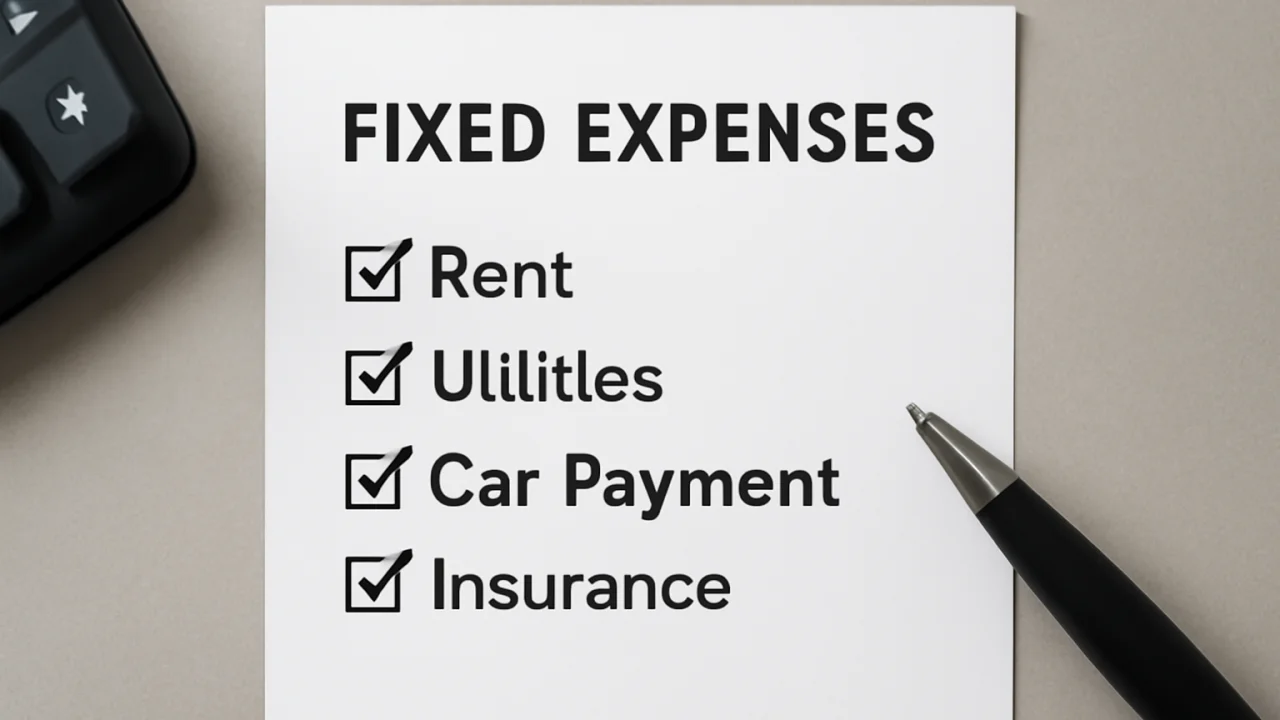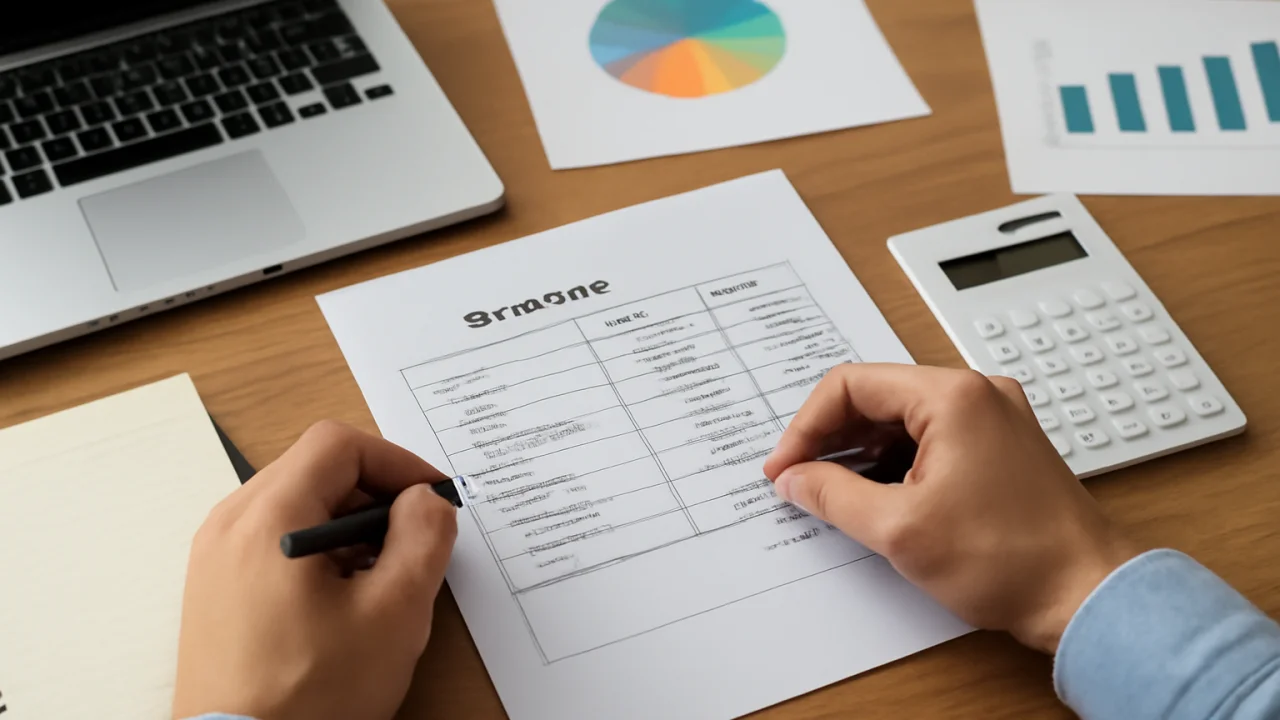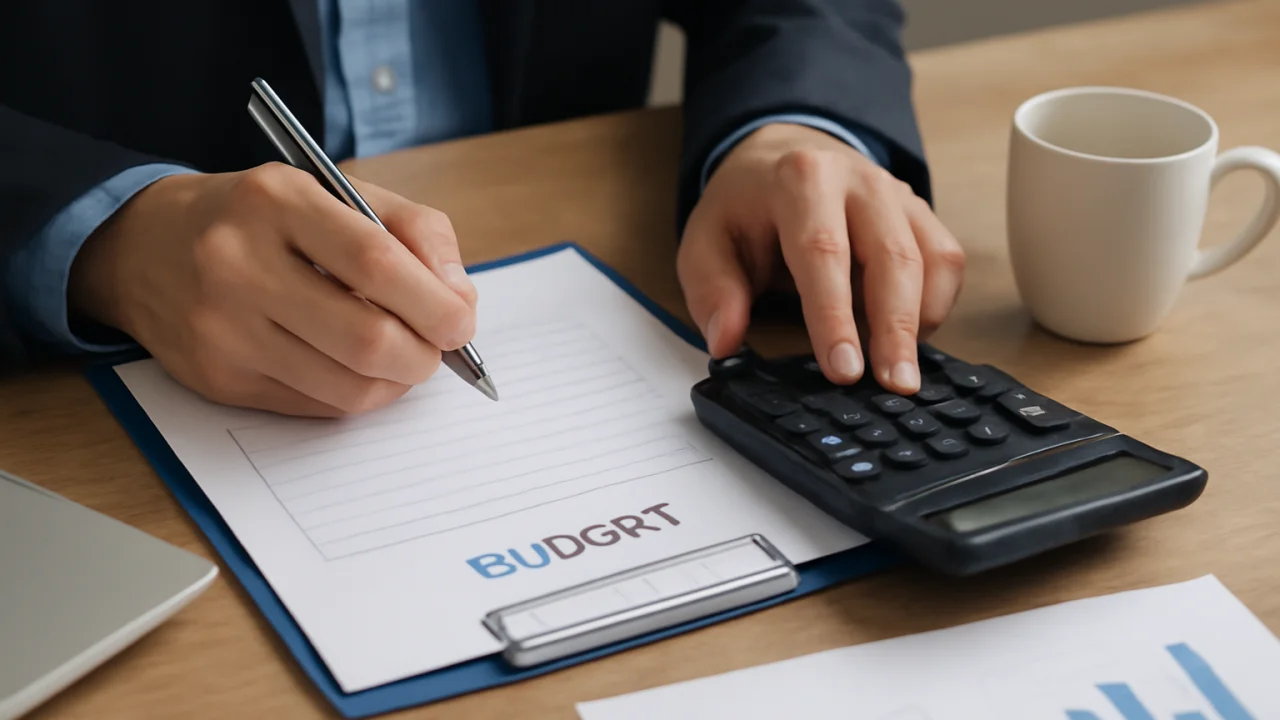
Checklist for Budgeting Your Monthly Expenses Effectively
📑 Contents
Creating a checklist for budgeting your monthly expenses effectively is one of the smartest ways to gain control over your finances. Whether you want to save more, pay off debt, or simply have a better understanding of where your money goes, a systematic approach to expense budgeting can make a significant difference.
Why Budgeting Matters

Budgeting is not just about restricting your spending; it's about making informed decisions and aligning your expenses with your financial goals. By tracking your income and expenditures, you can identify opportunities to save, avoid unnecessary debt, and plan for both expected and unexpected costs.
The Essential Checklist for Budgeting Monthly Expenses

Use the following checklist to guide you through the process of effective monthly budgeting:
- Calculate your total monthly income
- List all fixed expenses
- Identify and estimate variable expenses
- Track all spending throughout the month
- Review and categorize your expenses
- Set realistic savings goals
- Adjust your budget as needed
- Analyze your spending trends
- Plan for irregular or annual expenses
- Revisit and update your budget regularly
Step 1: Calculate Your Total Monthly Income

Start by determining how much money you bring in each month. Include salary, freelance income, rental income, and any other sources.
| Income Source | Amount (Monthly) |
|---|---|
| Primary Salary | $X,XXX |
| Secondary Job | $XXX |
| Freelance/Other | $XXX |
| Total Income | $X,XXX |
Step 2: List All Fixed Expenses

Fixed expenses are regular monthly costs that remain relatively constant, such as rent, mortgage, insurance, and subscriptions.
| Fixed Expense | Amount (Monthly) |
|---|---|
| Rent/Mortgage | $XXX |
| Utilities | $XX |
| Insurance | $XX |
| Internet/Phone | $XX |
| Subscriptions | $XX |
| Total Fixed Expenses | $XXX |
Step 3: Identify and Estimate Variable Expenses

Variable expenses fluctuate each month. Typical examples include groceries, dining out, transportation, and entertainment.
| Variable Expense | Estimated Amount |
|---|---|
| Groceries | $XXX |
| Dining Out | $XX |
| Transportation | $XX |
| Entertainment | $XX |
| Other | $XX |
| Total Variable Expenses | $XXX |
Step 4: Track Your Spending

Maintaining an accurate record of your daily expenses is critical. You can use budgeting apps, spreadsheets, or even pen and paper. Monitoring your spending helps you spot trends and areas where you may be overspending.
Step 5: Review, Categorize, and Analyze Your Expenses

At the end of each month, review your spending. Categorize transactions to spot patterns. For example:
- Essentials (housing, food, utilities)
- Non-essentials (entertainment, subscriptions)
- Savings and investments
Analyze which categories consistently go over budget and adjust accordingly.
Step 6: Set Realistic Savings Goals

Financial planning is incomplete without savings. Decide on a monthly savings target, considering your income and essential expenses. Popular savings goals include:
- Emergency fund
- Retirement
- Large purchases (e.g., car, vacation, home)
- Debt repayment
Step 7: Adjust and Update Your Budget

Budgets are living documents. As your income or expenses change, update your budget. If you consistently overspend in one area, consider shifting funds from another category.
Step 8: Plan for Irregular and Annual Expenses
Not all expenses occur monthly. Examples include insurance premiums, holiday gifts, or annual subscriptions. Estimate these costs for the year and divide by 12 to set aside a monthly amount.
Step 9: Review and Improve Regularly
Set a monthly reminder to review your budget. This habit keeps your financial plan relevant and effective.
Common Budgeting Methods
There are several popular methods for managing a monthly budget:
- 50/30/20 Rule: 50% needs, 30% wants, 20% savings
- Zero-based budgeting: Every dollar is assigned a job
- Envelope system: Cash in envelopes for each category
- Pay yourself first: Prioritize savings before spending
Sample Monthly Budget Checklist
- Record income
- List and total fixed expenses
- List and estimate variable expenses
- Track spending daily or weekly
- Review expenses and adjust categories
- Allocate funds for savings
- Plan for upcoming irregular expenses
- Revisit the budget at month-end
Frequently Asked Questions (FAQ)
1. What is the best way to start budgeting?
Begin by tracking your income and all expenses for a month. Use this information to create realistic spending categories and set financial goals.
2. How much should I save each month?
Financial experts often recommend saving at least 20% of your income, but any amount is beneficial. Adjust based on your financial situation and goals.
3. What are common mistakes in budgeting?
Common mistakes include underestimating variable expenses, forgetting irregular costs, and not updating the budget as circumstances change.
4. How often should I review my budget?
Review your budget monthly. Update it as your income or expenses change to keep it relevant.
5. What tools can help with budgeting?
Popular tools include budgeting apps (like Mint or YNAB), spreadsheets, and printable templates. Choose one that fits your routine.
6. How do I handle unexpected expenses?
Include a buffer or emergency fund in your budget to manage unforeseen costs without disrupting your financial plan.
7. Is it necessary to budget if I have irregular income?
Yes. Base your budget on your average or lowest income month, and adjust as needed. Prioritize essential expenses and savings.
8. What should I do if I overspend?
Review your categories to identify why you overspent. Adjust your budget or spending habits, and make up for it in the following month if possible.
Conclusion
Budgeting your monthly expenses effectively requires consistency, honesty, and regular review. By following a structured checklist, you can build healthy financial habits, reduce stress, and work towards your financial goals. Start your budget today and take control of your finances. For more tips and guides, visit isayinfo.com.











